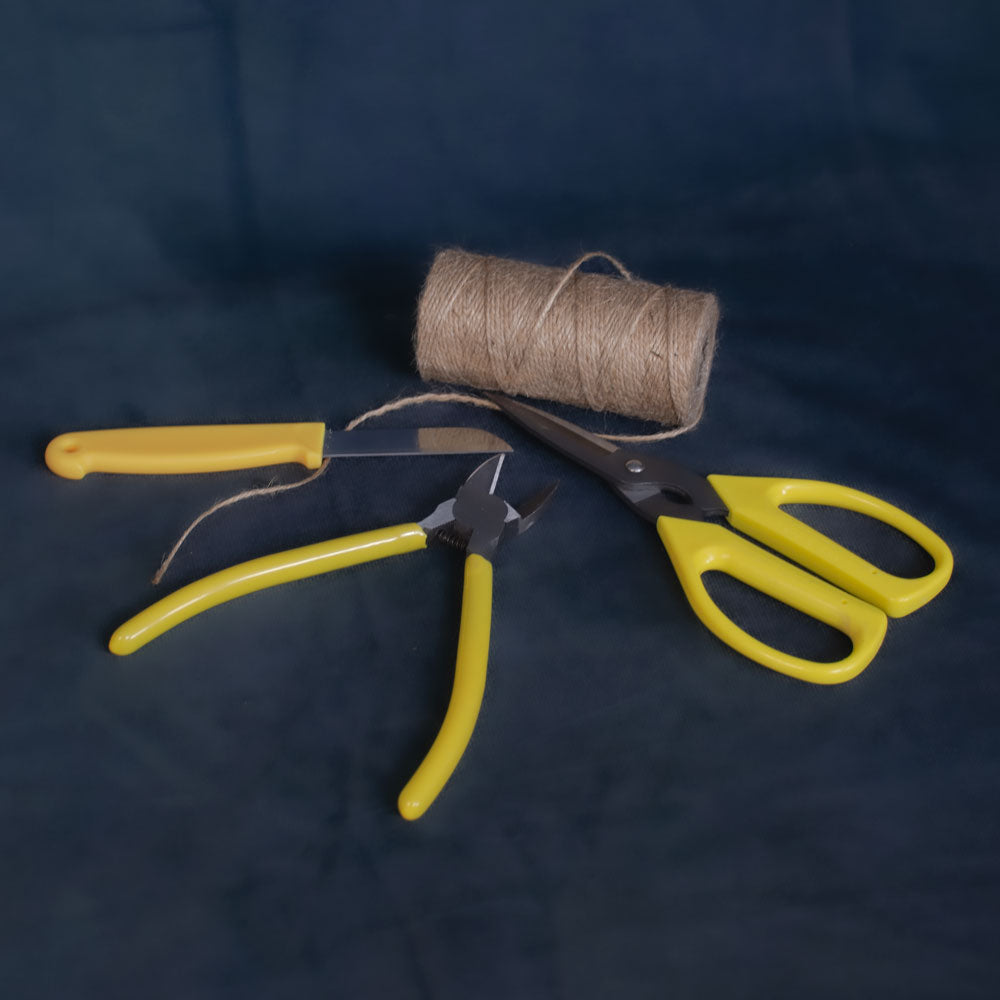What Essential Tools Should a Florist Have?
Working with dried and preserved flowers may be slightly different to handling fresh, but the tools and equipment you will need are very similar for the most part.
Basic Florist's Tools
If you are starting out, here are the best pieces of kit to purchase:
- Florist's Knife
- Floral Snips
- Secateurs
- Wire Cutters
- Stem Strippers
- Strong Scissors

Florist's Knife
These little knives are easy to handle, enabling you to hold a flower in one hand and the blade in the other. Designed for a clean cut, that doesn't damage the flower. We sell our florist's knives in a pack of 5, so you will always have plenty to hand!
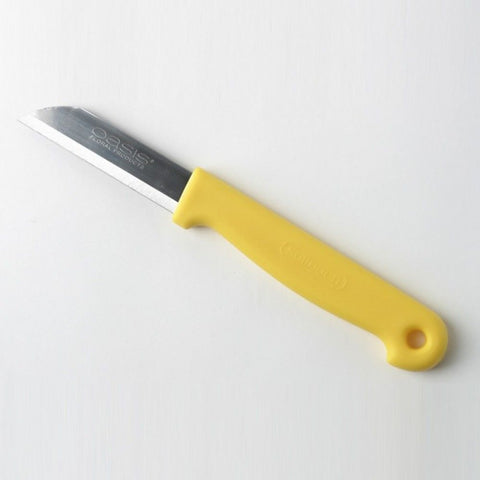
Floral Snips
Snips are great for cutting stems when flower arranging, or deadheading when the blooms have died off. With their strong handles and robust blades, they are perfect when scissors literally won't cut it!
Secateurs
These chunky cutters have long been a gardener's handy best friend. They are strong and sturdy and ideal for trimming thick, woody stems. The blades of secateurs are super-sharp and can cope with some very gnarly products!
Wire Cutters
When you are using a wide variety of different wires and meshes in your work, you need a strong pair of wire cutters to cope. Their chunky cutting blades and strong handles can manage even very thick stub wire.
Stem Strippers
A stem stripper is another useful piece of kit, which can make the job of removing nasty thorns or bushy foliage easy on you and your hands.
Scissors
A strong pair of scissors (carbon blades are fantastic) will trim fine or softer stems - and they will work with ribbons, papers and other wraps too, so you don't have to go looking for extra equipment when doing fiddly jobs.
Additional Florist's Equipment
Now you have your basic tools, what about some of the other equipment you may need for your work?
- Wire
- Pins
- Tape
- Glue
- Twine
- Foam
There are lots of accessories that you may find useful when creating dried flower works. These are just a few useful items that will help you bind, tied and secure your stems into place.

Reel and Stub Wire
Depending on what work you are carrying out, you may find you need wire to support structures and stems. Wire comes in a variety of forms and gauges (thickness/diameter). A thicker gauge stub wire will give a lot more support than a fine reel wire.
Floral Foam
When it comes to general flower arranging with dried and preserved florals, wet floral foam is replaced with a dry version, and works in just the same way. You can cut it to the required size and place it in vases and vessels or into cages, and style your florals just as you like.
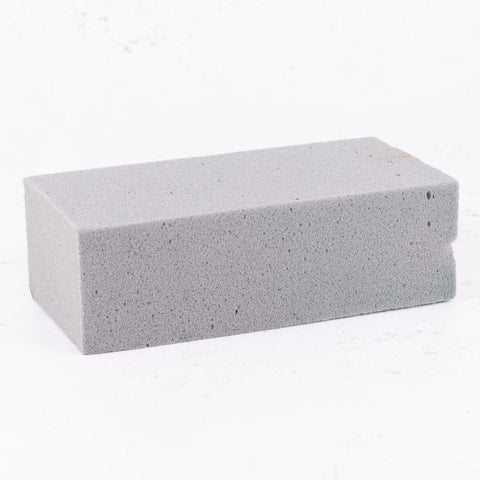
Wire Mesh & Fixings
Perhaps you are making a flower cloud? You will find a mesh (chicken wire) is useful when squished into a form so you can add various stems and plumes. Dry foam can be placed inside this if you wish to help secure your stems, or you could use pins, or fix them into place with bind wire.
Covered Wire
For wreath-making projects, there are special wires that are covered in natural twines or grapevine, which are great for disguising otherwise unsightly wire. These products are strong and perfect for rustic looks.
Twine
It may be that simple jute twine is sufficient for your needs, such as tying a few stems or a small bunch, and these are available in various colours.
Glue
There are times when only glue will do. For more permanent fixing solutions, a heated glue gun or permanent glue dots can provide a means of applying almost invisible adhesive to secure your designs.
Accessories & Packaging
Once you have crafted your floral delights, you will want to wrap and package them perfectly so they are ready for your customer to receive. This is where specialist papers and packaging come in.
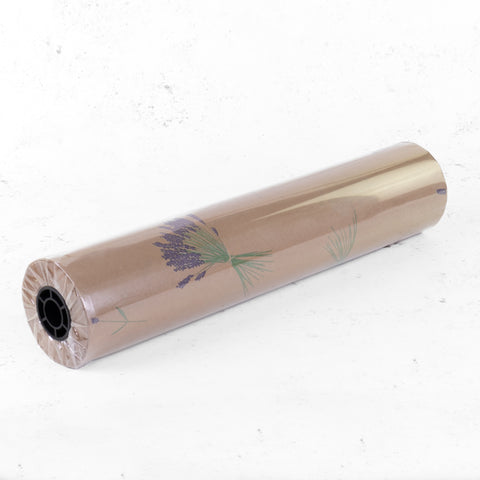
- Tissue Paper
- Kraft Paper
- Compostable Wrap
- Decorative Boxes
- Transit Boxes
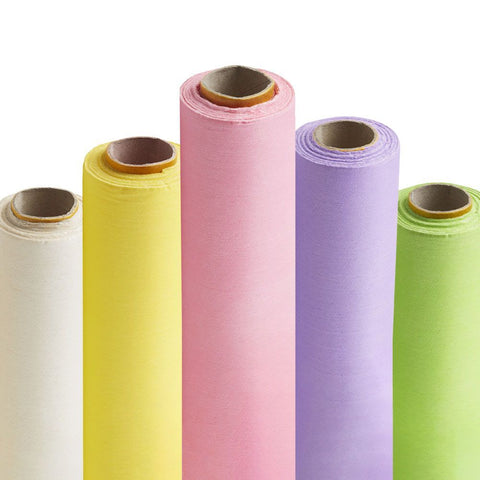
Paper
Tissue paper is a really good basic for general wrapping but it can be used to great effect with colourful layers to make a bouquet or bunch look extra special. When combined with either natural or brightly coloured kraft paper, it can give a really expensive look to a simple bouquet.
Compostable Wrap
Compostable wraps are a thicker, stretchy alternative to paper. They are soft to the touch and come in many colours and patterns. They work well on their own but can be combined with tissue or kraft papers to dress up the finish.
Gift Boxes
Decorative boxes are a great way to either arrange or display your flowers. Preserved roses in hat boxes have been on trend for some time, and a pretty box can turn a bouquet into a stunning gift.
Packaging & Transit Boxes
Finding the right box for transporting your floral creations either to an installation venue in your own vehicle or via a postal service, can be tricky. A good corrugated, cardboard box will help protect your work and keep it looking great. Take a look at our range of packing boxes to see what's available.
